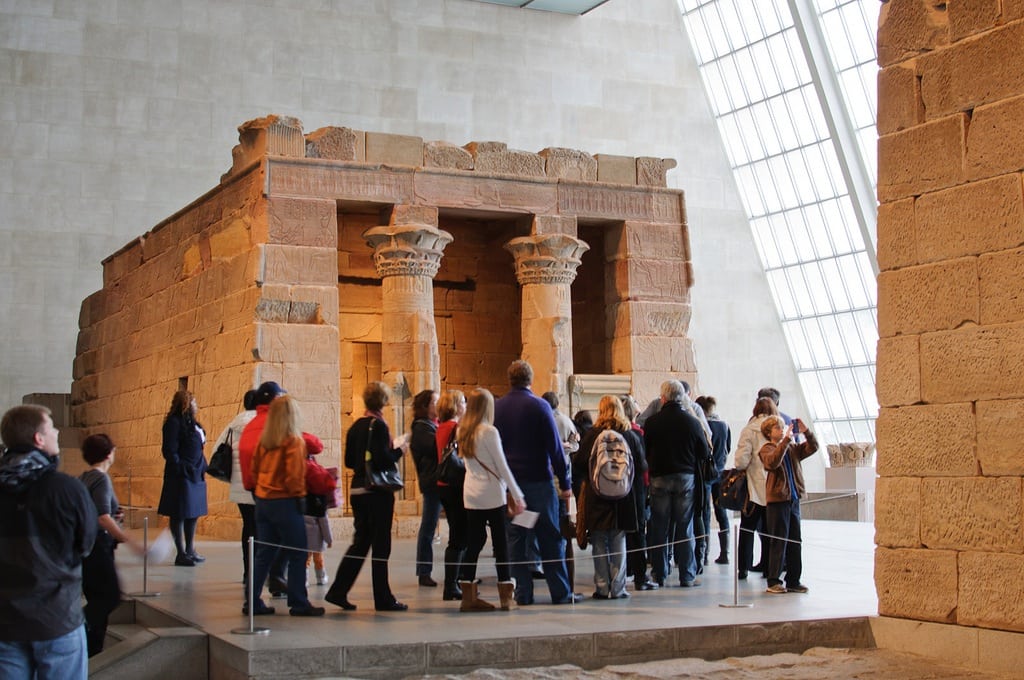Skift Take
Perhaps the Met could change the verbiage on its signage to make it more clear that admission is truly free so visitors can leave their guilt at the door. Simple solution to the problem.
The Metropolitan Museum of Art in Manhattan emailed its “closest supporters” today, vowing to vigorously defend itself against two lawsuits alleging its optional entry fee is misleading to visitors.
The email from museum director Thomas Campbell referred recipients to a message he “just posted” on the museum’s website.
Campbell says the museum’s optional, but recommended admission structure, which currently suggests a $25 contribution, was instituted decades ago. “No current state legislation requires the museum to be free to the public,” he writes.
Still, the museum, which has a $250 million annual budget, is twice the size it was when the policy was instituted in the 1970s, Campbell writes, adding that “even if future museum rates were fixed at $25, the Met would still be underwriting the expense of every visit, which on the average costs the institution more than $40.”
Campbell notes that the Met never charges a fee for special exhibitions as other New York museums using “pay-what-you-wish policies” routinely do.
“We are truly proud of our commitment to both scholarship and accessibility. We now must call upon our resources to defend a policy specifically designed to make our collections available to everyone, regardless of their ability to pay,” Campbell writes. “As we do so, we know we can count on your support—as Members, as friends, and as people who understand the importance of art in our global society. I hope to see you in our galleries soon.”
There is an art to rallying the public in your defense, and Campbell and the Met are giving it a try.
The Daily Newsletter
Our daily coverage of the global travel industry. Written by editors and analysts from across Skift’s brands.
Have a confidential tip for Skift? Get in touch
Photo credit: The Egyptian Temple of Dendur, seen at the Met, was built during the Roman occupation around 15 B.C. flickr.com
